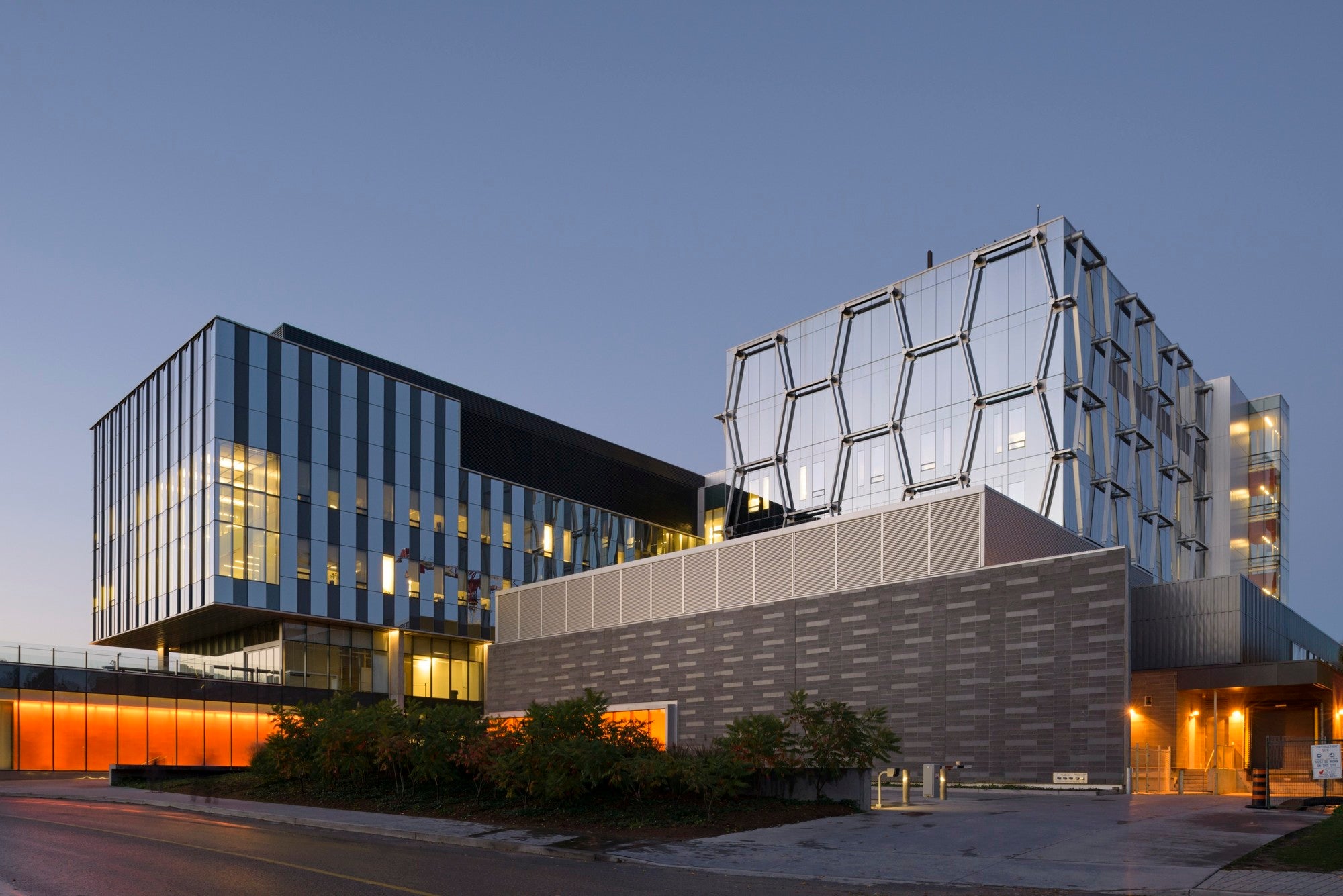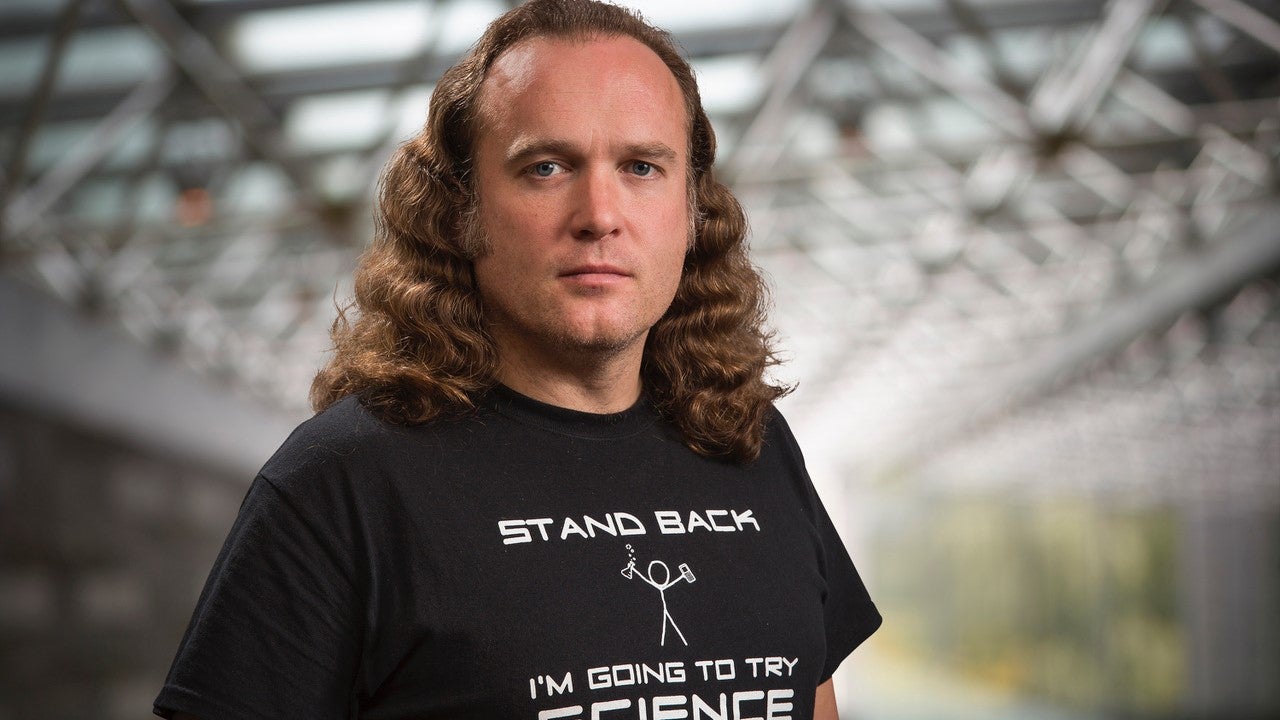
Abstract:
Microwave systems are a central part of modern technology, with major applications including wireless communication and radar. In recent years, microwave circuits and systems have also become leading platforms in the development of quantum computing, sensing, and communication systems. For instance, the quantum processors being developed by large companies such as IBM and Google are superconducting microwave circuits which are controlled and readout by microwave photons. Nonclassical states of light, at both optical and microwave frequencies, are also being developed and applied for next-generation communication and sensing applications. These important applications and others have driven great interest in developing sources of nonclassical microwaves. Here we present a series of experiments that take important steps towards developing practical quantum sources in the microwave regime and applying them to real-world applications. In the first experiment, we use a superconducting parametric cavity to produce tripartite entangled states of propagating microwave light. The technique developed can be easily extended to more modes. In the second experiment, we demonstrate a single-microwave-photon source that allows the photon wave packet to be shaped to optimally match the requirements of a quantum receiver. This experiment used a novel approach: we were able shape the photons by modulating quantum vacuum fluctuations in both space and time. We conclude with a proof-of-principle demonstration of using quantum microwaves to enhance the sensitive of radar systems, using a protocol we call quantum-enhanced noise radar.
Biography:

https://us02web.zoom.us/j/85634499446?pwd=aGprMEdiMjhwaVFQVVJBMkV6VEJsUT09
Password: 563220